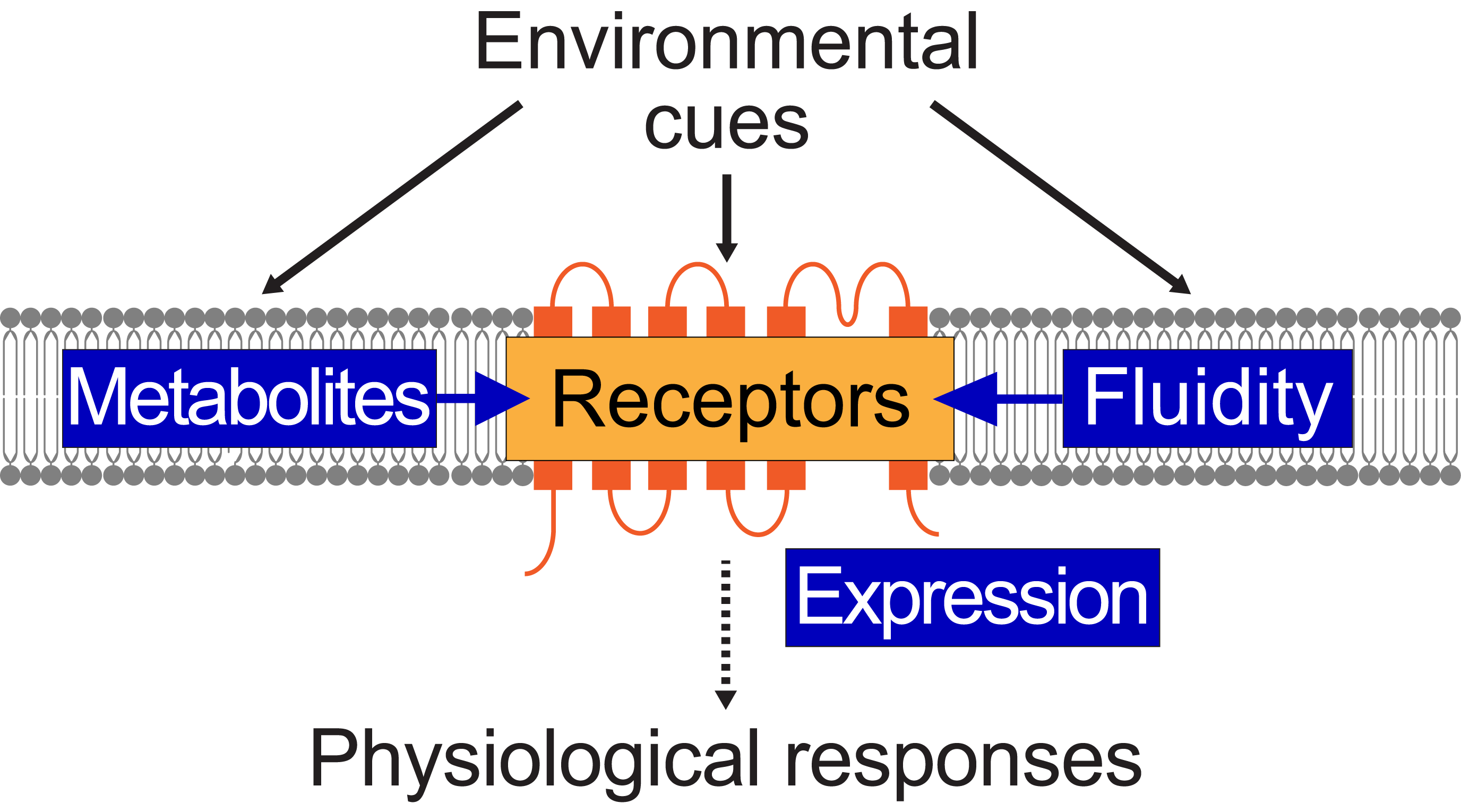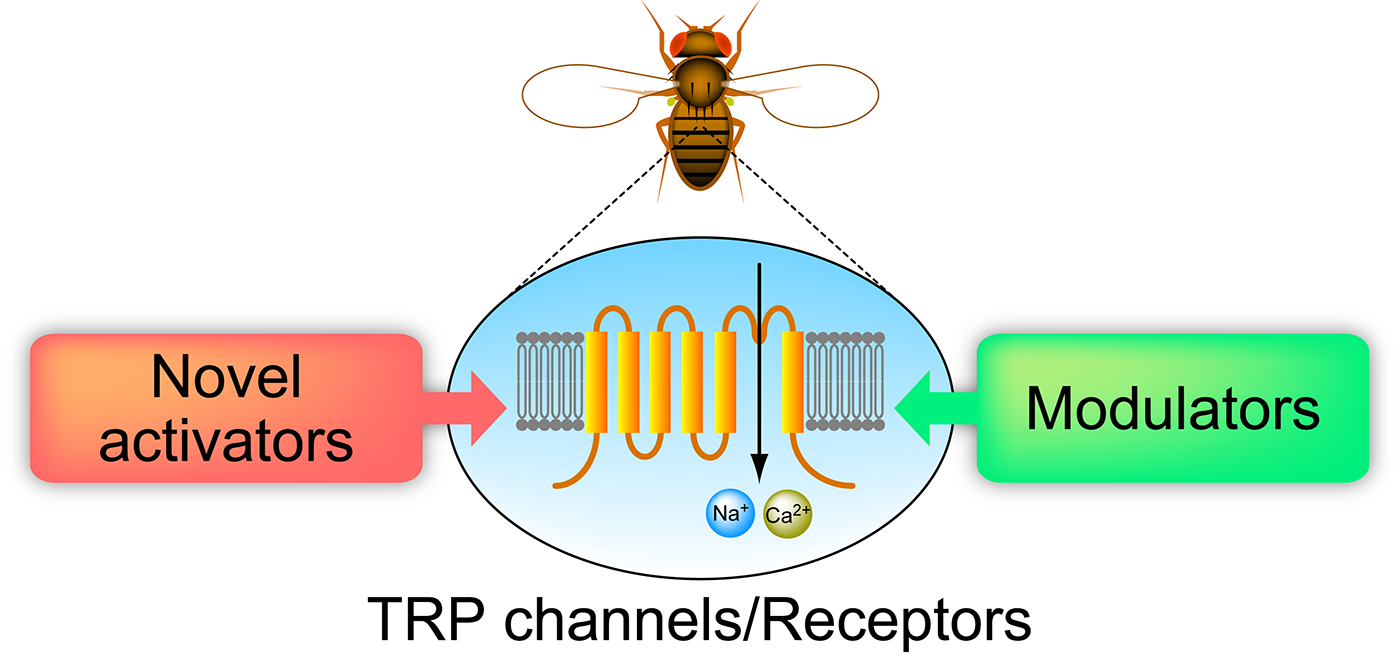<GRADUATE STUDENTS WANTED!>
The Sokabe Group studies the underlying mechanisms of sensory functions and behavioral responses using the fruit fly (Drosophila melanogaster) as a model organism. Additionally, we are developing novel pest control strategies targeting insect sensory and neural functions.
We are seeking motivated graduate students who are interested in these research topics and have a passion for neuroscience and sensory biology. Please feel free to contact Takaaki Sokabe () to learn more.
Laboratory Internships: Available year-round. Experience laboratory experiments and daily research life.
NIPS Internship(FY2025 is closed)
Graduate School
The international internship program is competitive. Inquiry via email is always welcome.
We are seeking motivated graduate students who are interested in these research topics and have a passion for neuroscience and sensory biology. Please feel free to contact Takaaki Sokabe () to learn more.
Laboratory Internships: Available year-round. Experience laboratory experiments and daily research life.
NIPS Internship(FY2025 is closed)
Graduate School
The international internship program is competitive. Inquiry via email is always welcome.
Research
Elucidation of the Molecular Basis and Physiological Significance of Sensory Function, and the Development of Novel Pest Control Strategies
Our laboratory investigates the molecular mechanisms and physiological importance of sensory functions, which are crucial for biological adaptation and survival. We focus particularly on the functional relationship between membrane proteins like TRP channels and surrounding membrane lipids, studying how these components work cooperatively in sensory functions. Our research employs diverse tools ranging from behavioral analyses using Drosophila genetics to neuronal imaging and electrophysiological studies using receptor-expressing cultured cells.We also study how oxidative stress affects membrane lipids and receptor function in aging and neurodegenerative conditions, using both Drosophila and mammalian cells to understand and develop treatments for sensory dysfunction. Additionally, we're developing next-generation pest control strategies by exploring novel repellents and insecticides targeting insect receptors and neural functions.
Our laboratory thus combines fundamental research into sensory processes with applied research addressing medical and agricultural challenges. We are also actively pursuing collaborative research and graduate education opportunities to facilitate these studies.

The structure and function of sensory receptors in the cell membrane are maintained by surrounding lipids. Our laboratory has discovered that lipid metabolites and membrane lipids regulate receptor activity and expression through signal transduction and propagation of physicochemical properties of membranes. However, the functions of various membrane lipids remain largely unexplored.

We are exploring and developing new compounds targeting TRP channels and neural ion channels, which play crucial roles in nociception and physiological regulation. These compounds are being investigated for their potential as repellents, insecticides, and disruptors of physiological functions. We are also analyzing receptor-modifying substances that can enhance the effectiveness of these compounds.